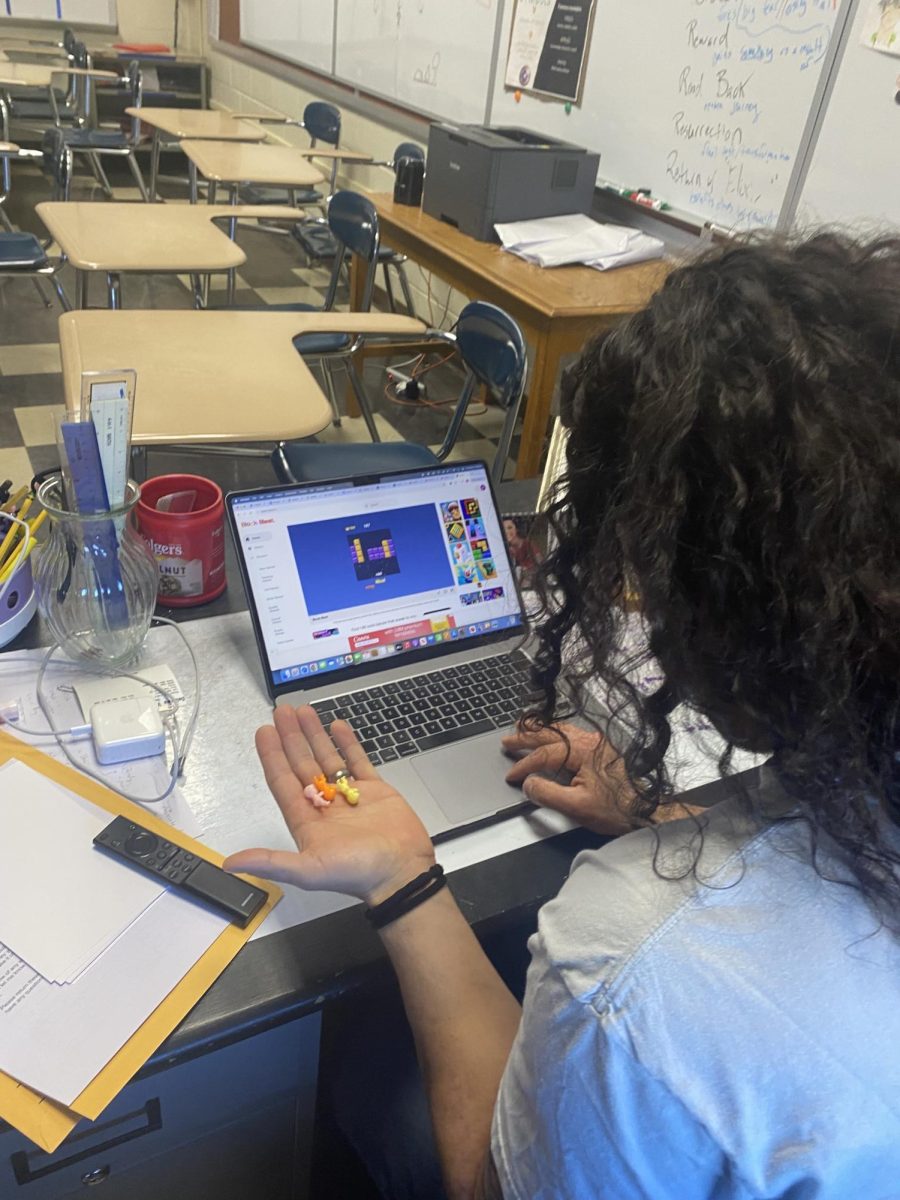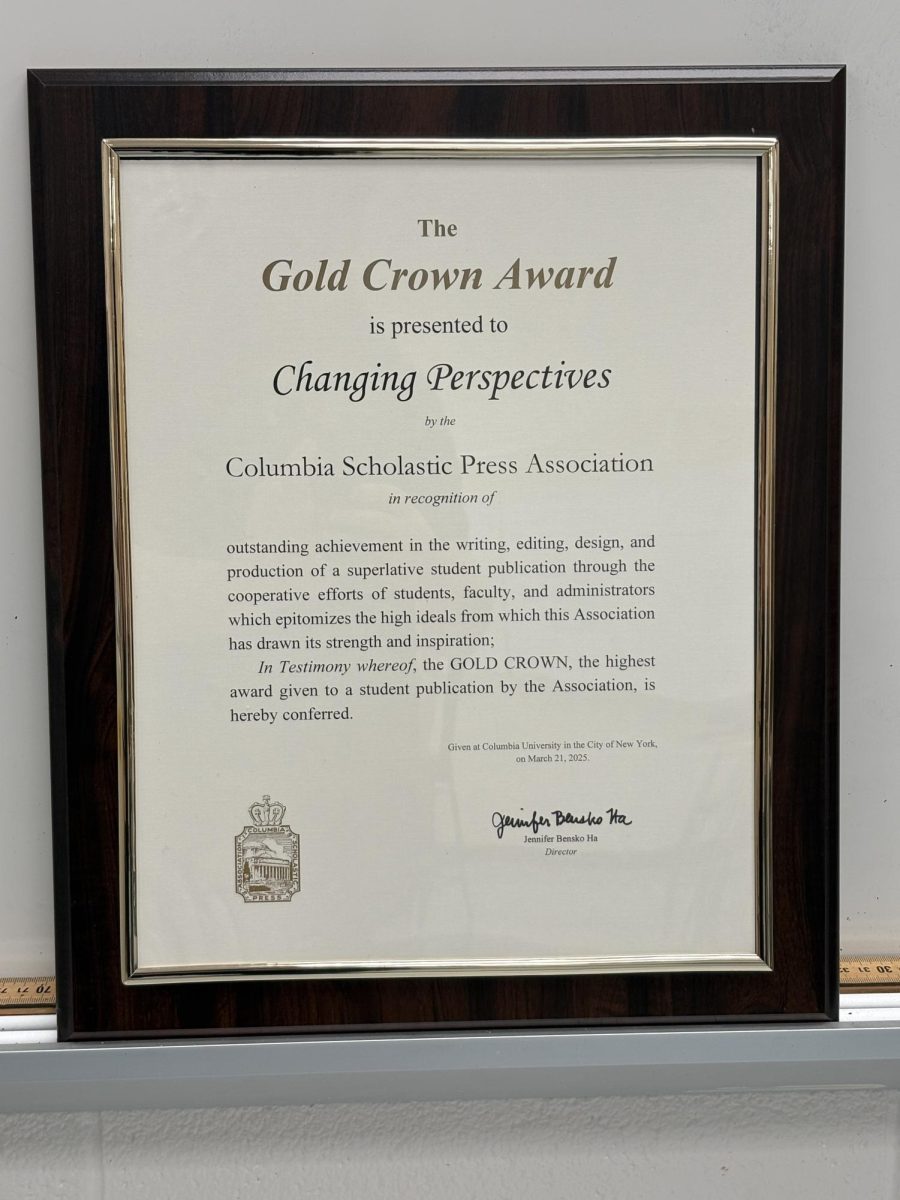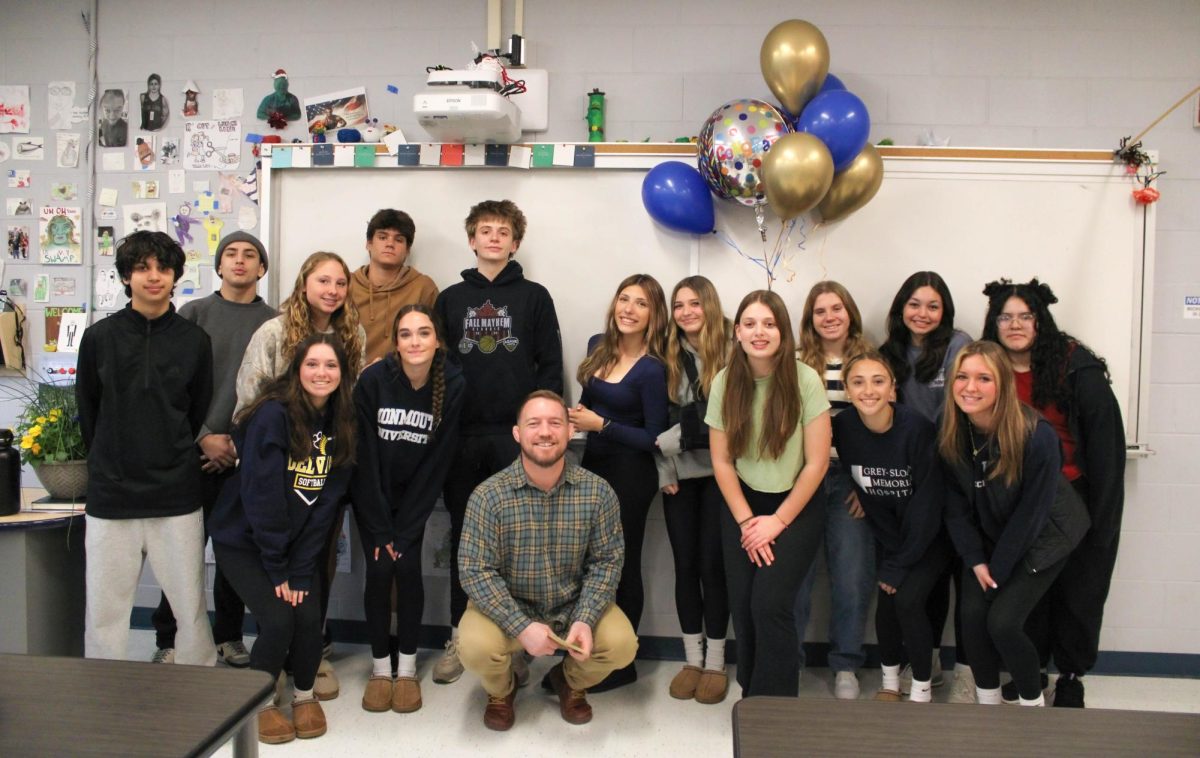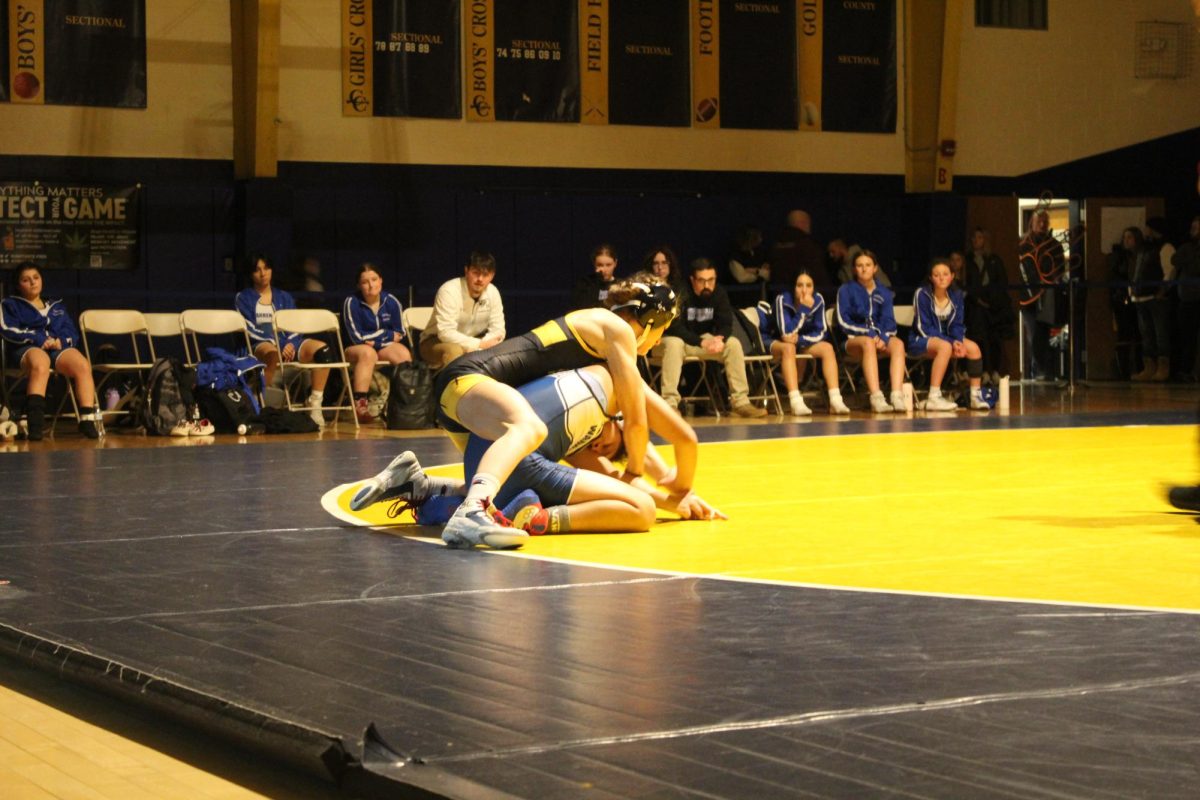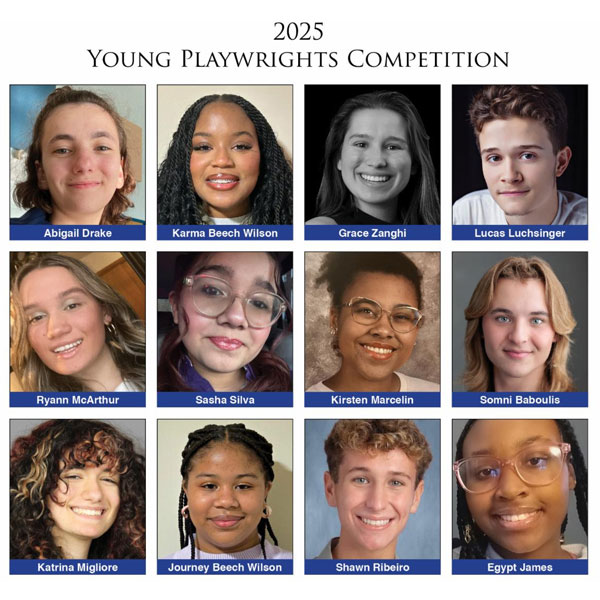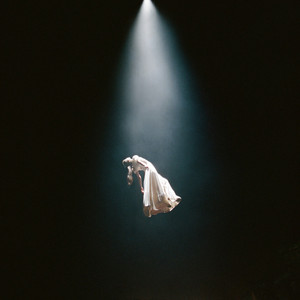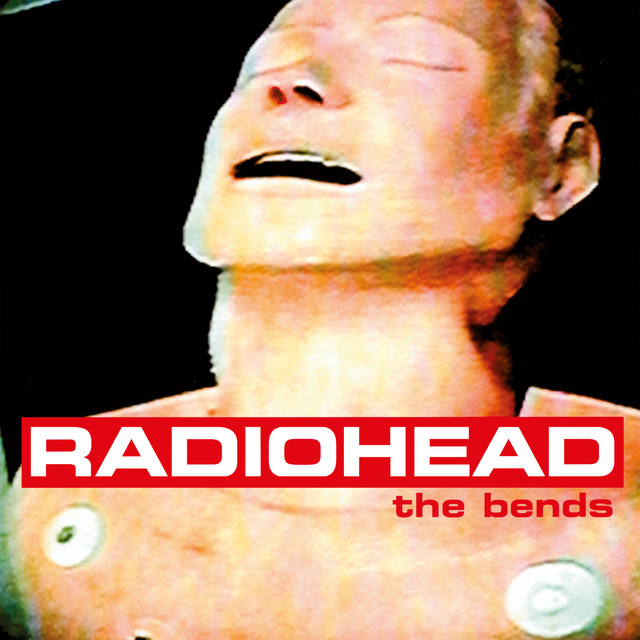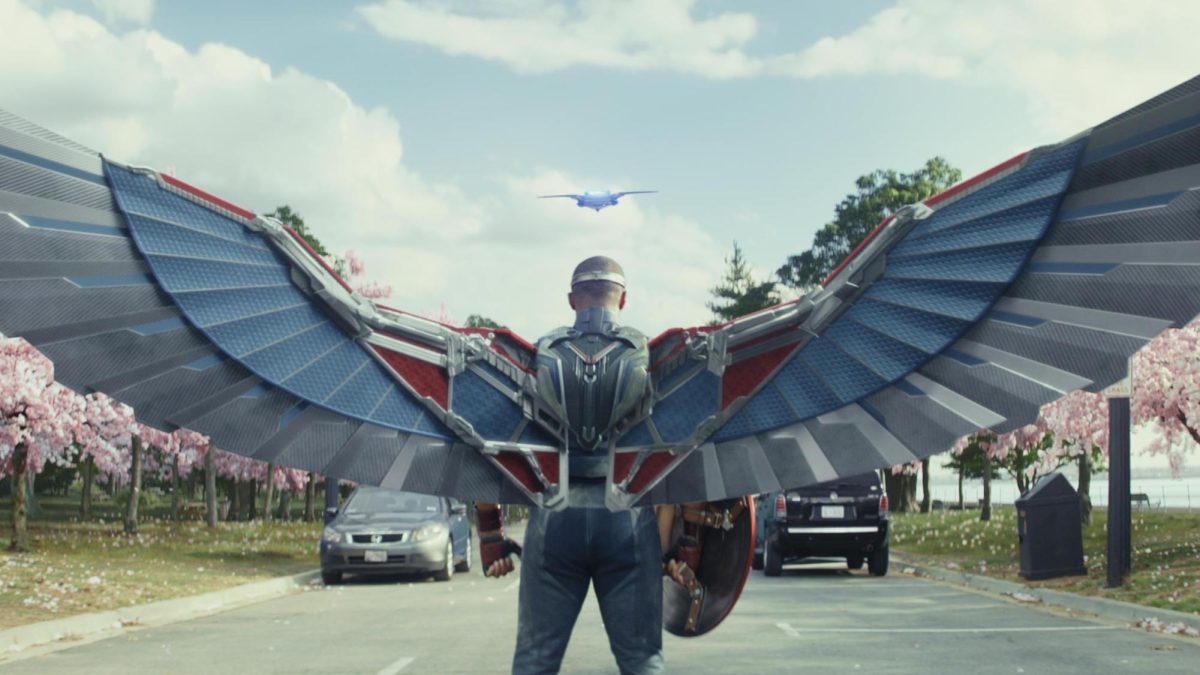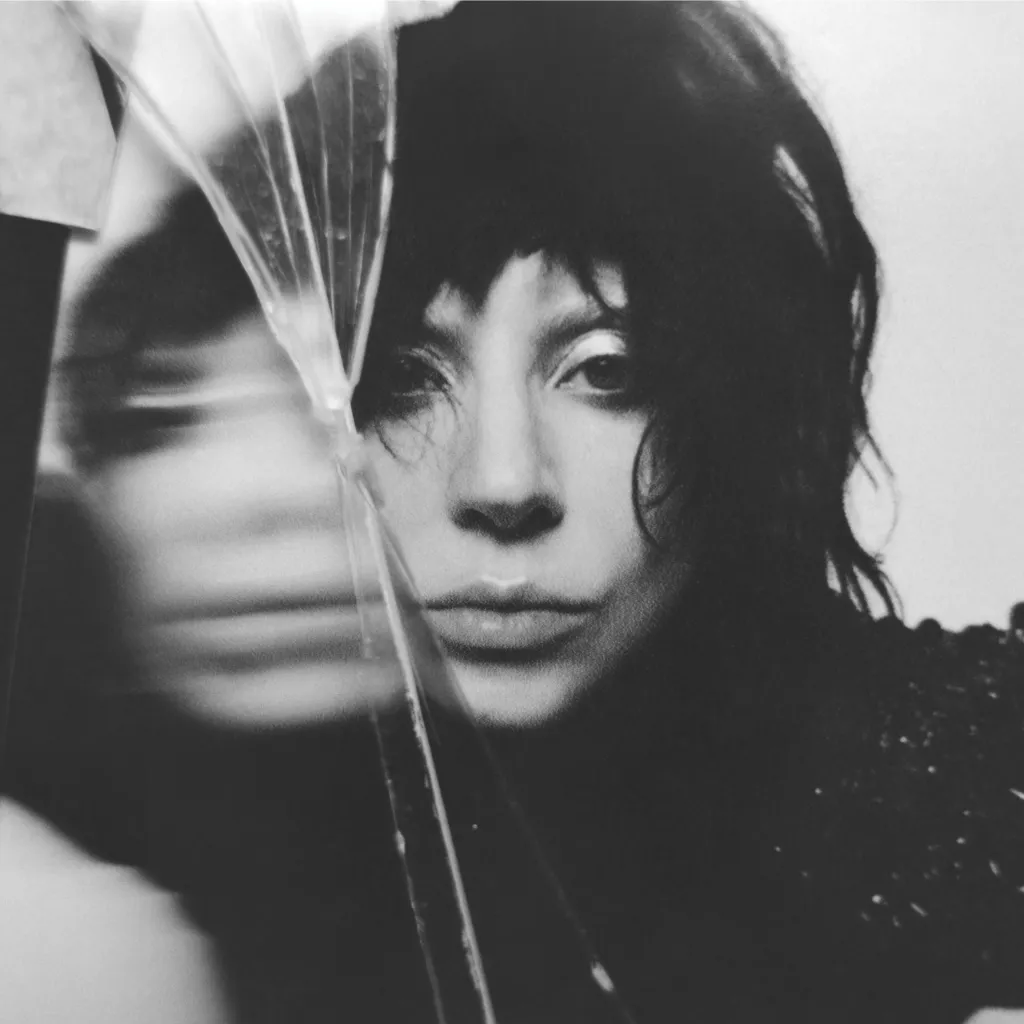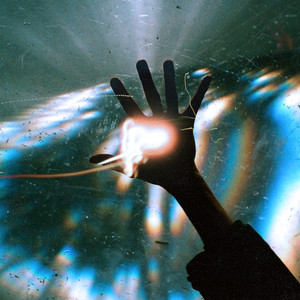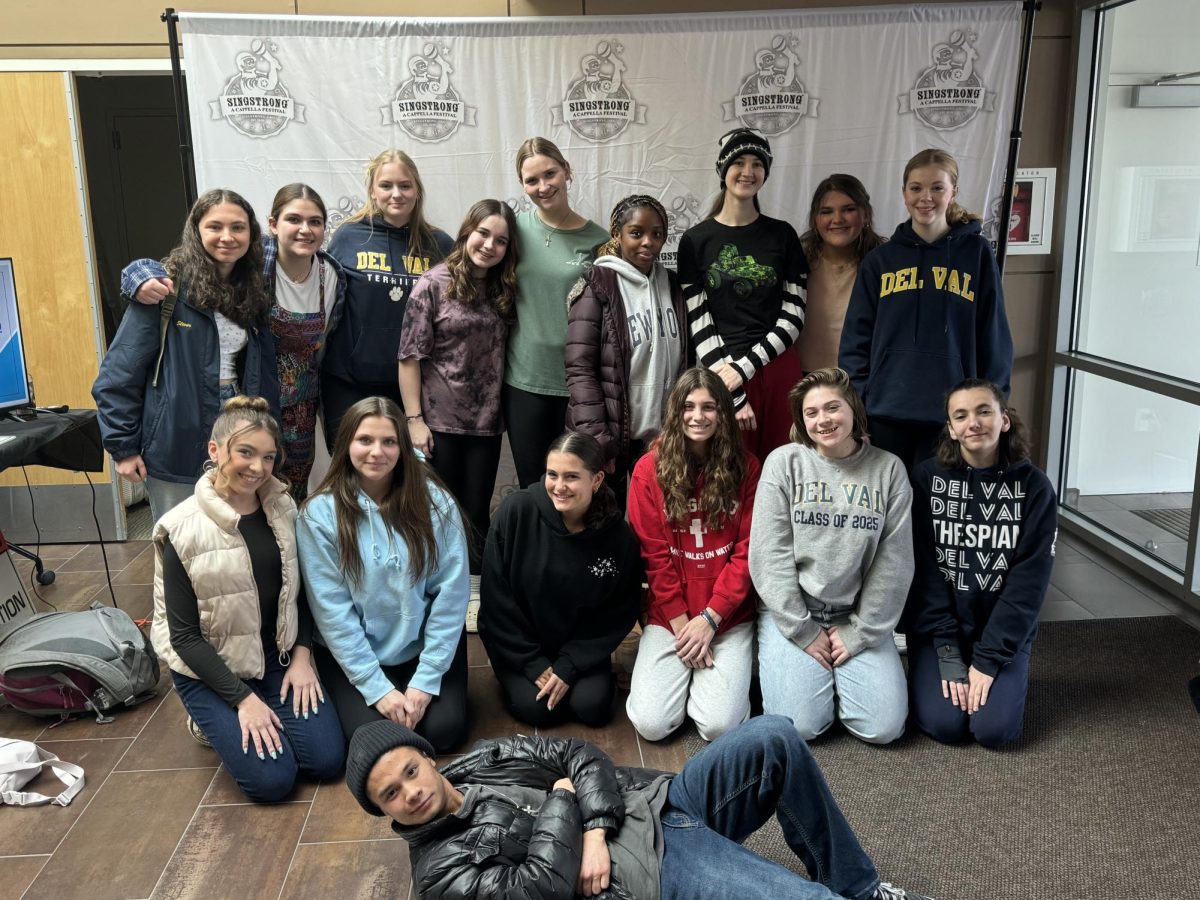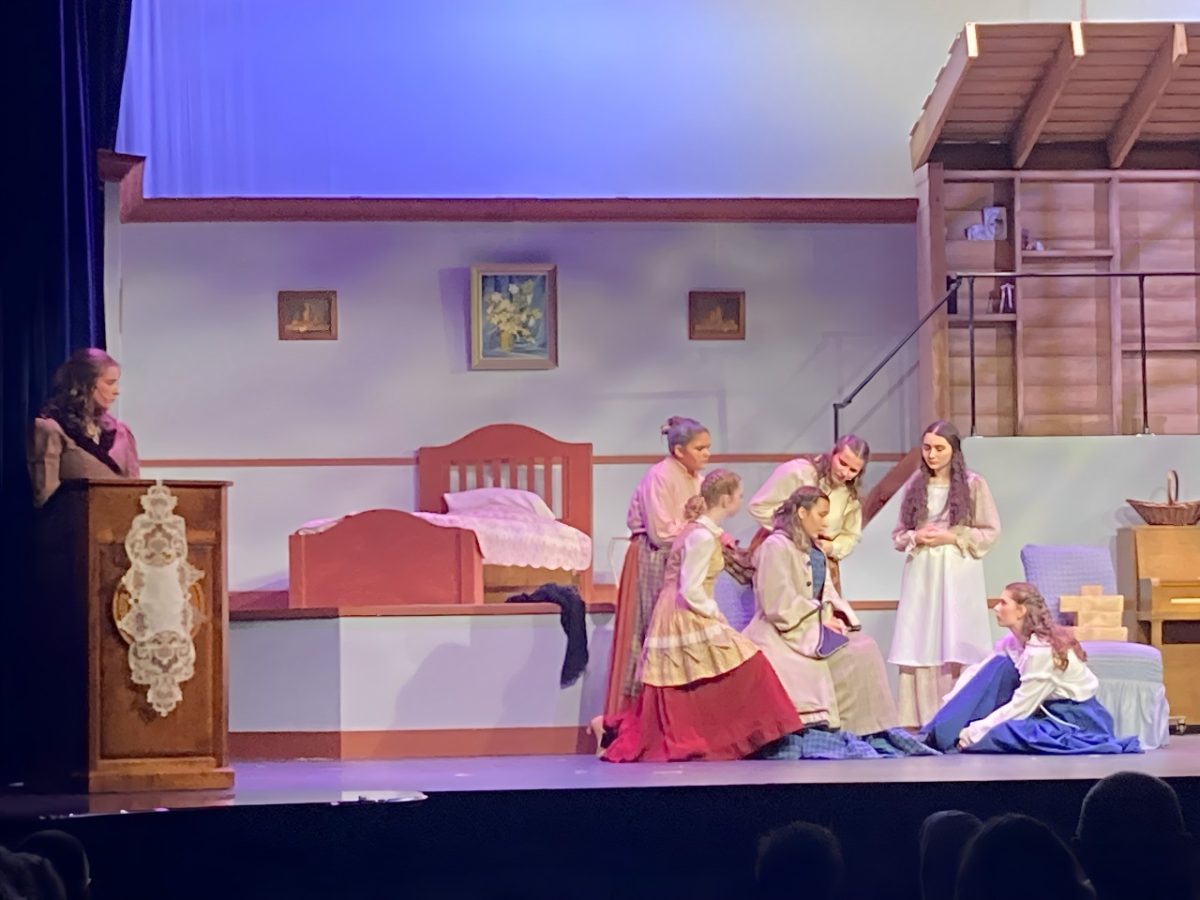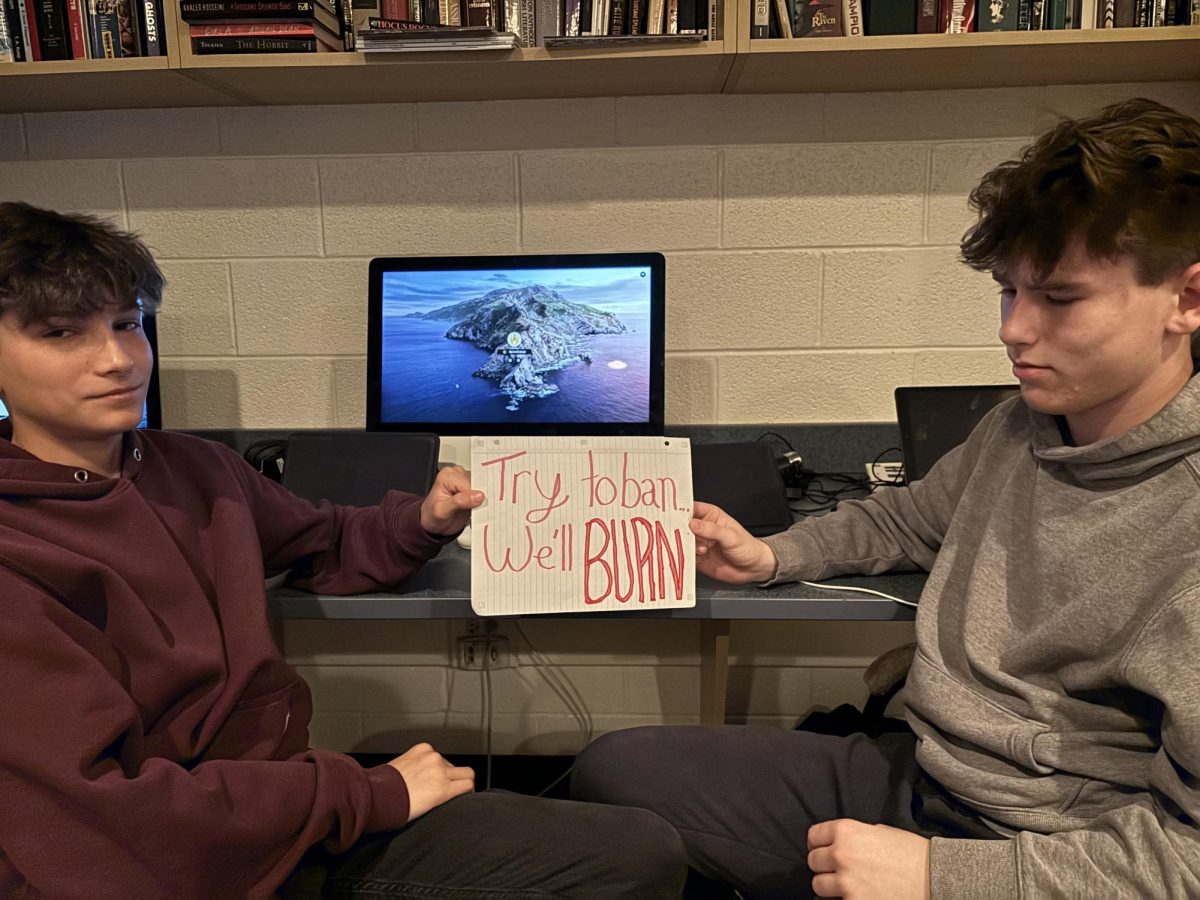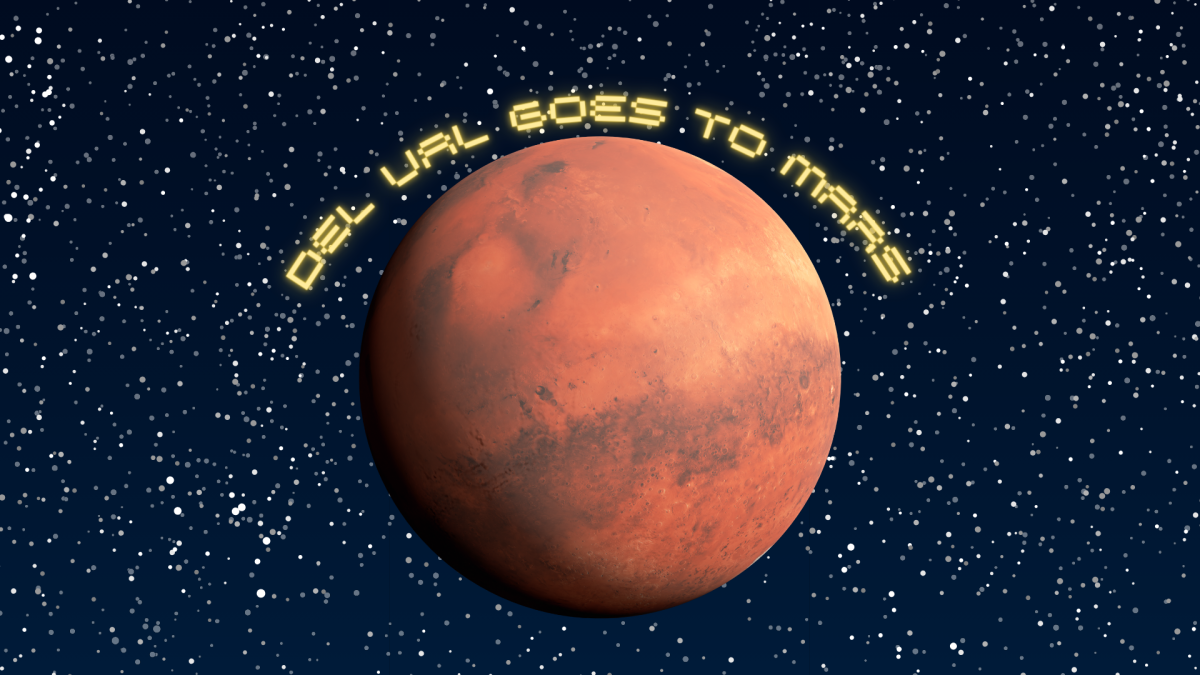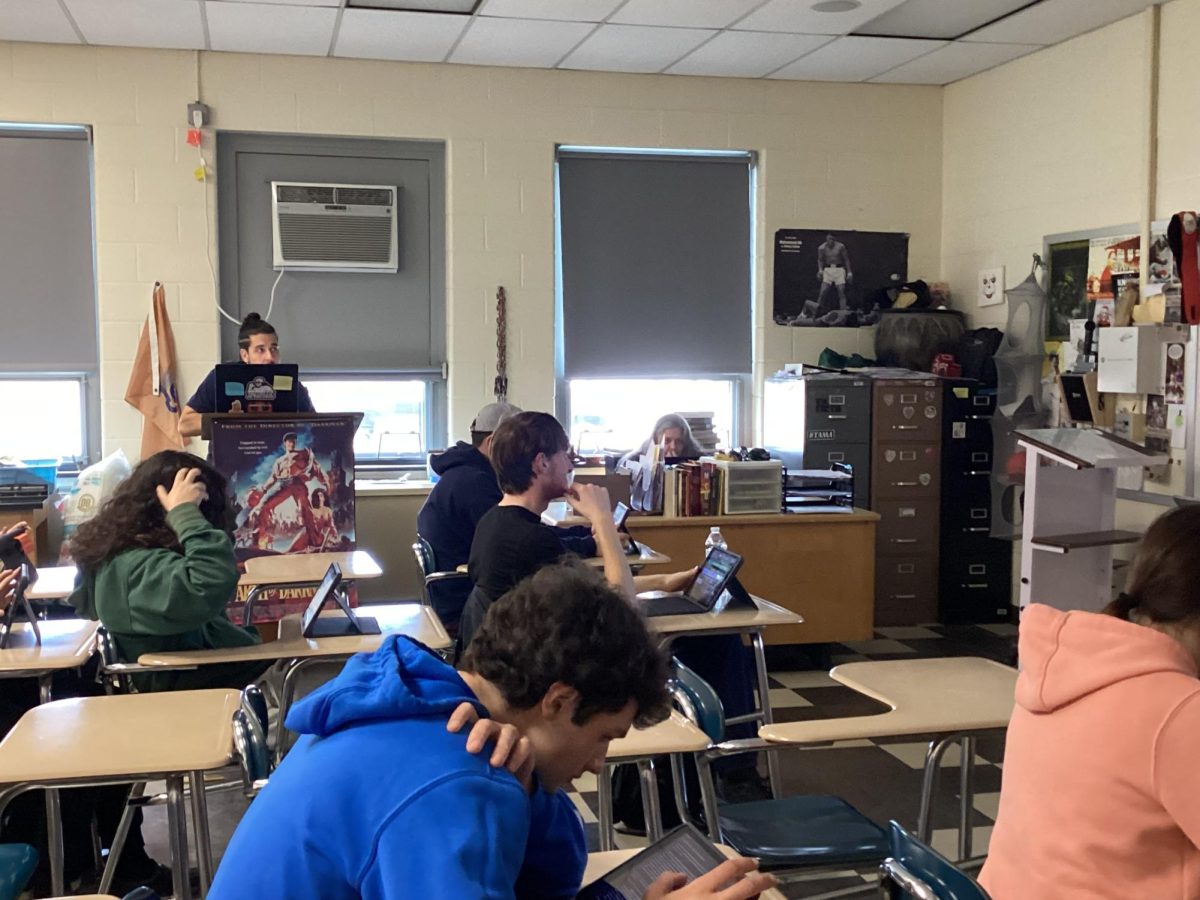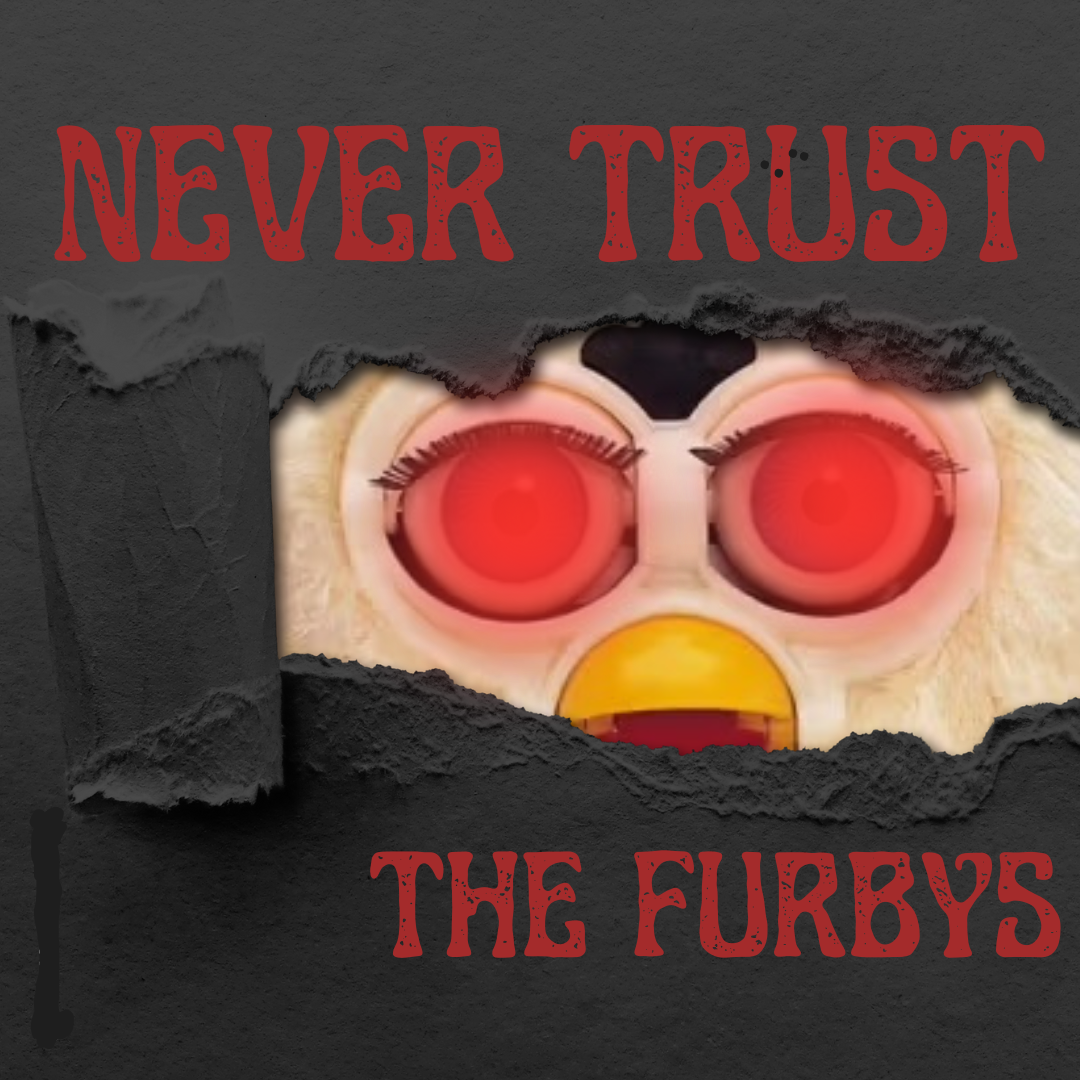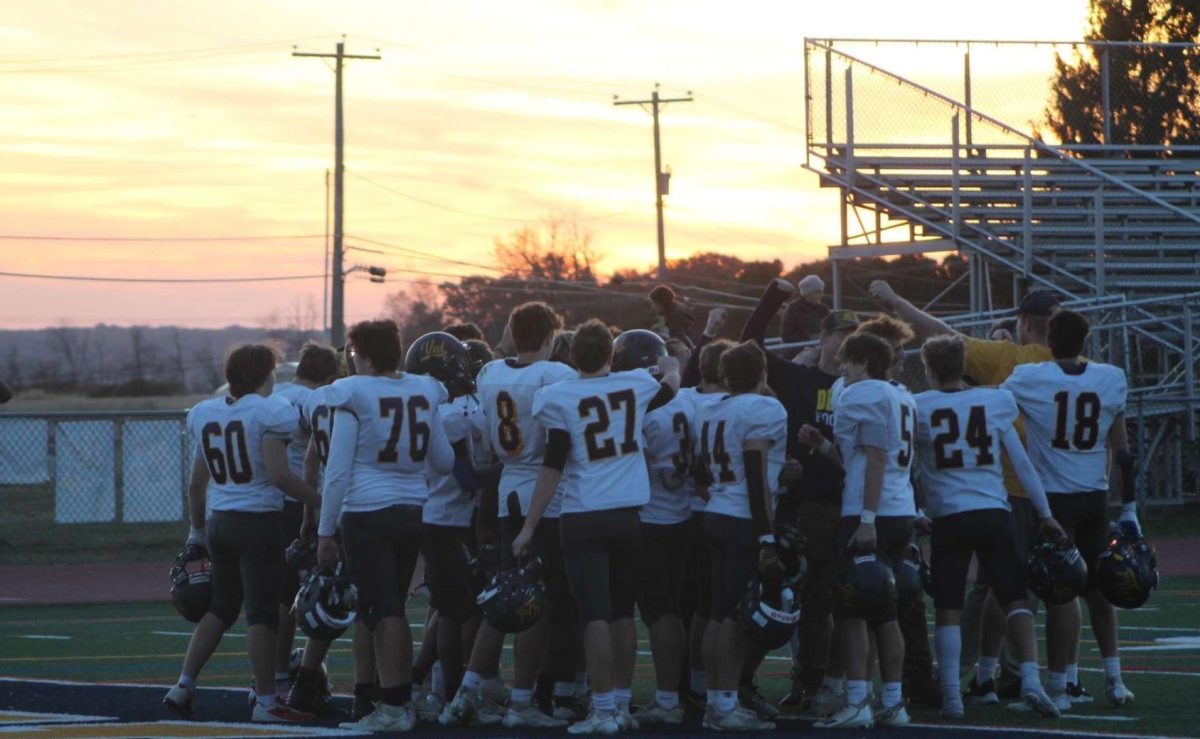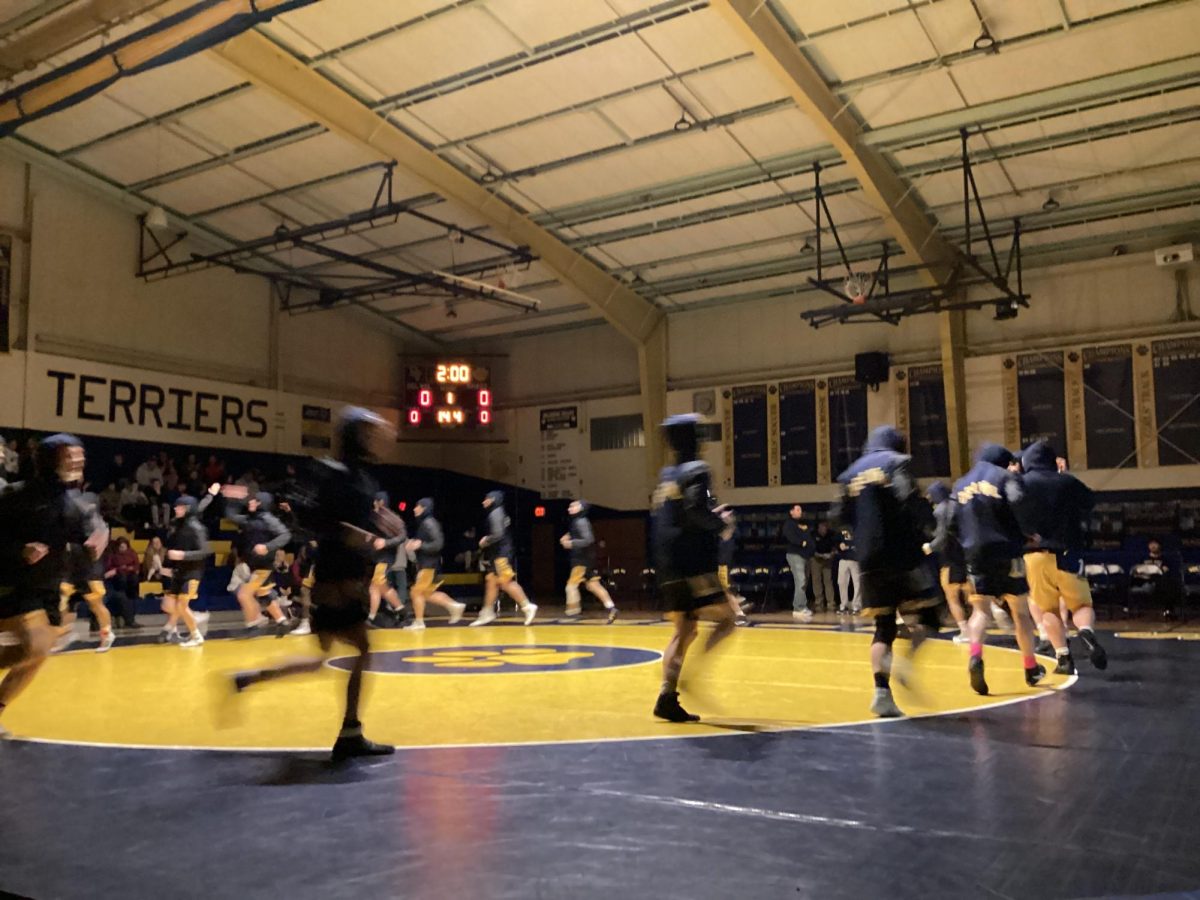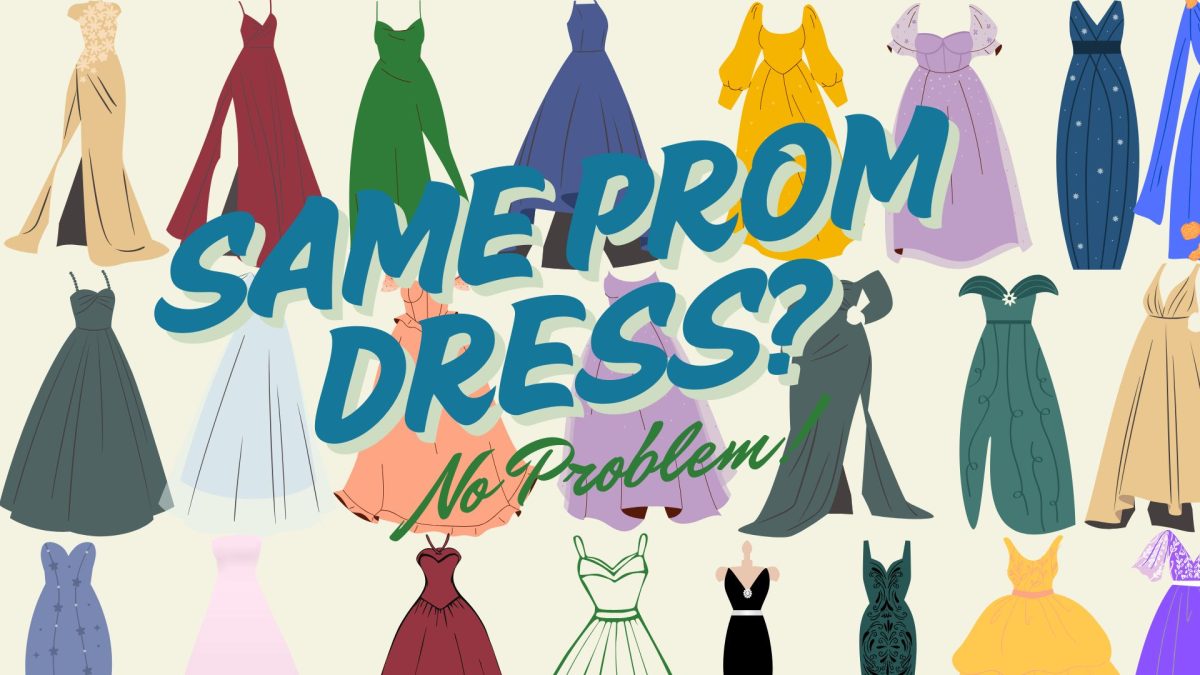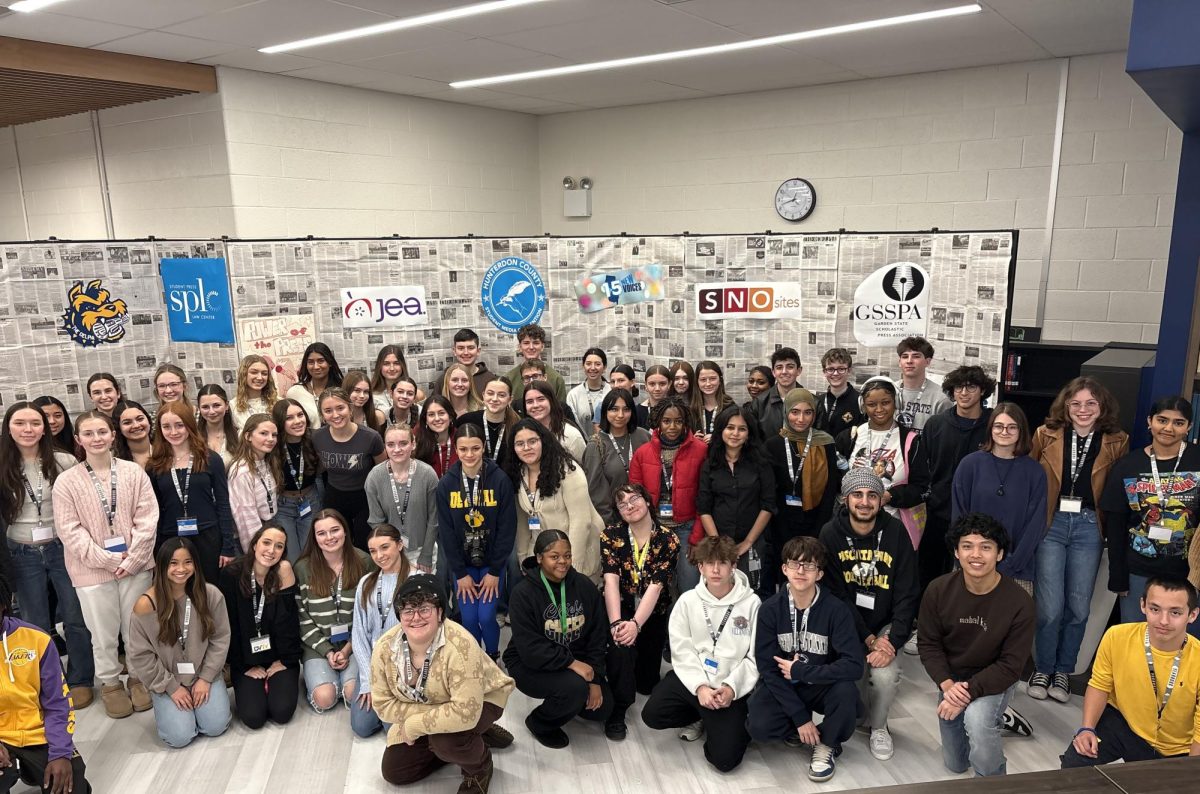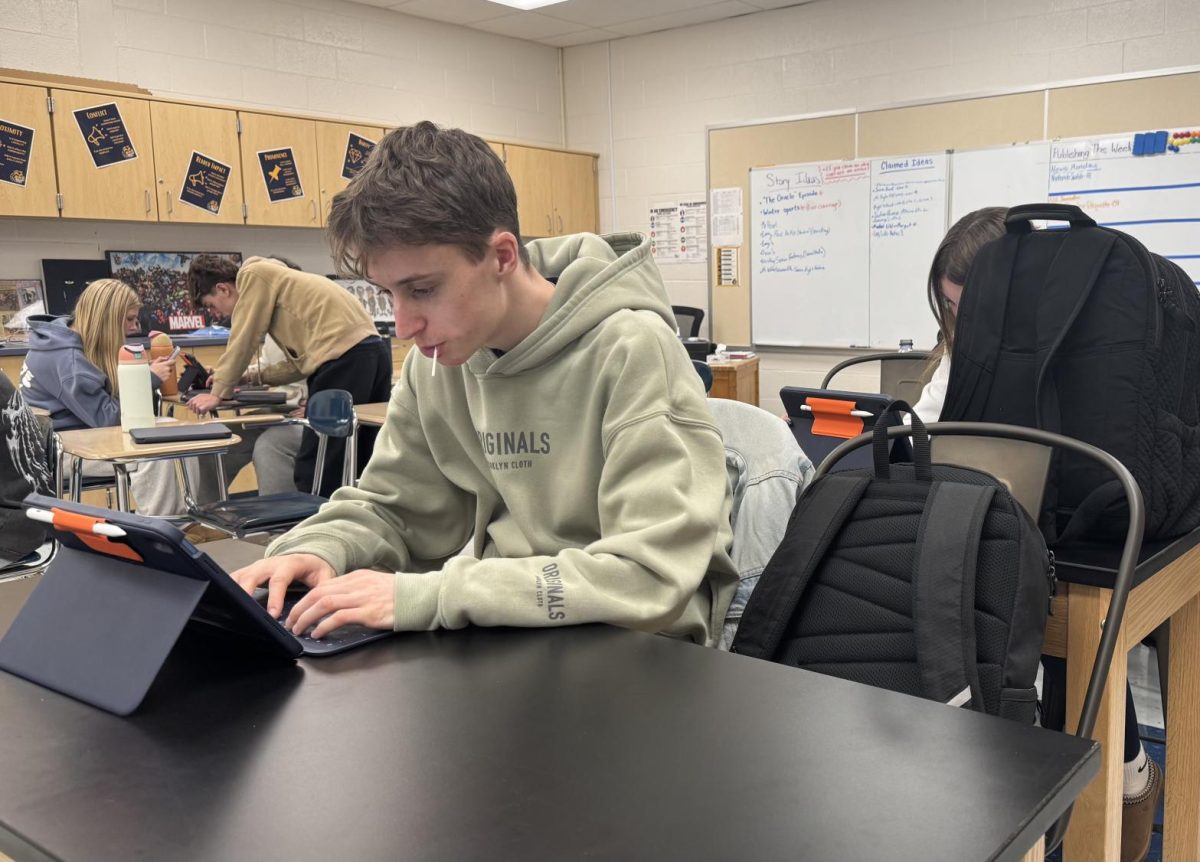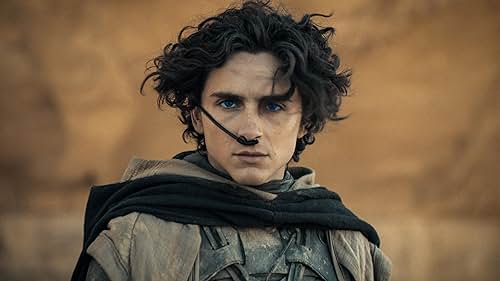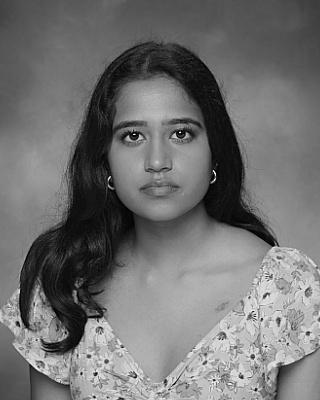Denis Villeneuve’s sci-fi film, “Dune: Part Two,” is an action-packed continuation of the 2021 film “Dune,” which expands upon events and characters introduced in the first film so meticulously that it’s hard to take your eyes off the screen. However, the many storylines covered in the film makes the plot difficult to understand at times.
The first film, an adaption of the first novel in Frank Herbert’s sci-fi series, focuses on the desert planet Arakkis, the source of a valuable drug called “spice” that allows users to travel vast distances. The mining and distribution of spice is controlled by evil Baron Harkonnen, but under the orders of the emperor, Duke Atreides takes over spice distribution on Arrakis with his wife, Lady Jessica, and son, Paul, the protagonist of the film.
Paul has been trained in the ways of high priestesses called the Bene Gesserit, and believed by the Fremen, natives of Arrakis, to be the prophesied chosen one that will take them to paradise. The second part of the film picks up where the first one left off, with Paul and his mother being welcomed by the Fremen. Now Paul faces tests like surviving sand storms and riding sand worms, while the Fremen become divided between those who believe Paul is the chosen one and those who don’t. Meanwhile, the Baron’s brutal nephew, Feyd-Rautha, takes over the spice production on Arrakis.
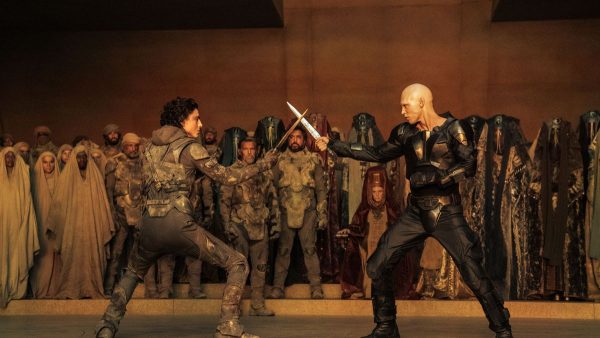
Jacqueline West’s costuming in the film fits the characters and plot developments perfectly, by being simultaneously beautiful and reflective of the characters that wear them. The veils covering the faces of the Bene Gesserit, are symbolic of the power they hold and the restraint they practice. The chainmail gown and headpiece worn by Princess Irulan, daughter of the emperor, represents her role as the intellectual voice of reason among the conflicting rulers. Paired with the film’s makeup and cinematography, the costuming helps transport viewers to the deserts of Arrakis.
The intricate makeup was able to transform the actors into inhabitants of other planets, especially for Austin Butler, who was able to become the bald, black-toothed Feyd-Rautha. The attention to detail on the bald cap, with a vein running through it, makes it look like he really is bald. Along with the elaborate makeup, the cinematography in the film helped viewers understand characters’ intentions. Close-up shots of characters helped show their emotions and wide-shots made the world feel more expansive and added depth to Arrakis and the other planets shown.
All the actors were casted well for their roles and were able to successfully portray flawed characters that people still want to root for. Timothee Chalamet (Paul Atreides) did a great job portraying a young man trying to adapt to a new environment while gradually becoming hungry for power as he accepts his role as the “chosen one.” Zendaya does well as the strong, independent Chani, who is aware of Paul’s growing desire for power, but doesn’t believe he’s the chosen one. Rebecca Ferguson (Lady Jessica) is able to successfully portray a woman who is torn between protecting her son, and helping him reach his full potential. Austin Butler was able to embody the pure evil and ruthlessness of antagonist Feyd-Rautha who is determined to remain in power. Additionally, Florence Pugh is able to establish Princess Ilduna as a practical mediator, who is willing to do anything to protect her father, with limited screen time.
Despite all these great aspects, the film is still exposition-heavy, making it feel dragged out at times. Unlike its predecessor, the film contains more action, but the transitions from the Fremens’ struggles, Paul’s success on Arrakis, Lady Jessica’s internal battle, Feyd-Rautha’s rise to power and the Emperor’s involvement can make it difficult to understand all the storylines and how they’re connected. Nevertheless, fans of sci-fi movies will enjoy this film for the elaborate scenes and action sequences.





